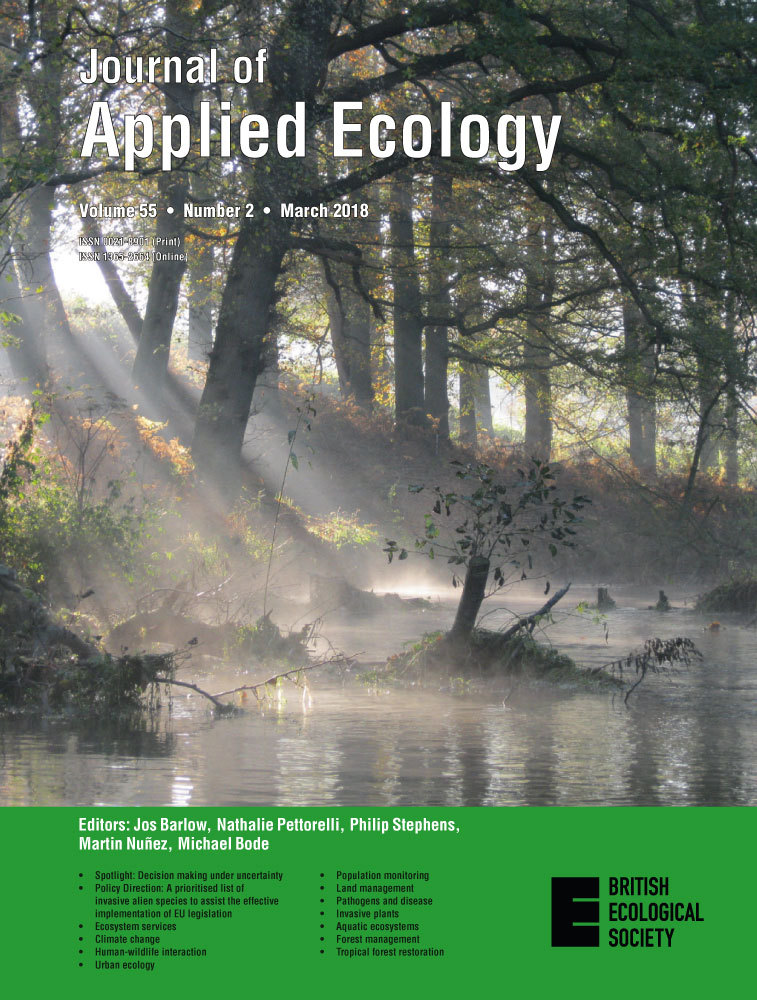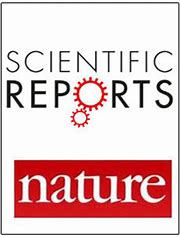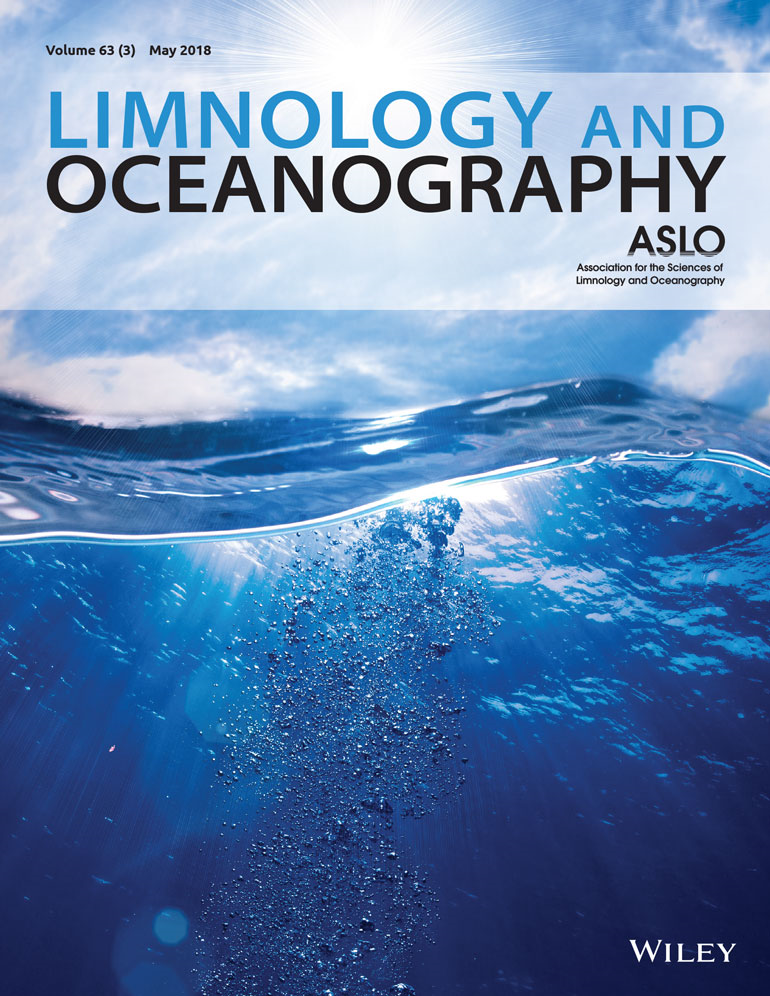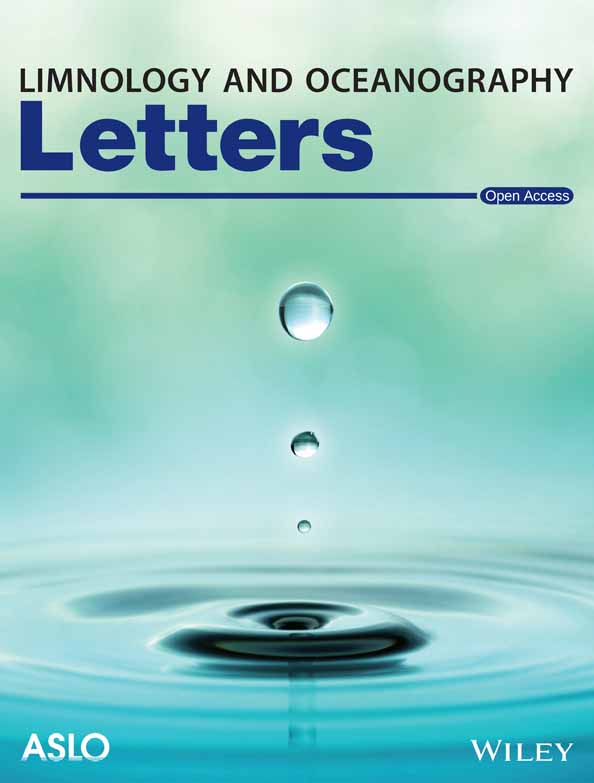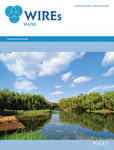- Department:(Dept. 2) Community and Ecosystem Ecology
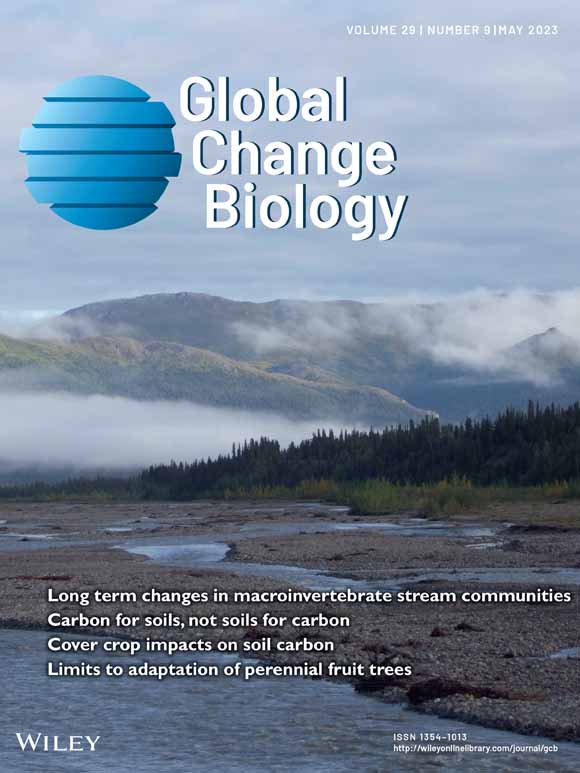
Multiple Stressors Simplify Freshwater Food Webs
The crucial role of ecohydraulic factors in triggering sturgeon reproduction: Implications for active habitat restoration strategies in the Yangtze River
Shedding light on dark taxa: exploring a cryptic diversity of parasitoid wasps affected by artificial light at night
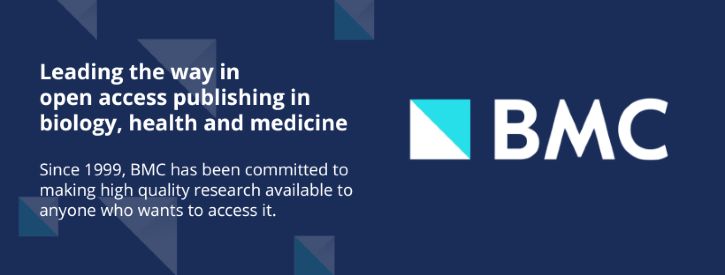
Come to the dark side – citizen science in nighttime ecology
A spatial inventory of freshwater macroinvertebrate occurrences in the Guineo-Congolian biodiversity hotspot
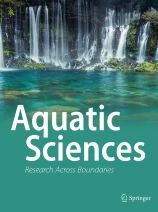
Artificial light at night reduces emergence and attracts flying adults of aquatic Diptera
Ontogenetic shifts by juvenile fishes highlight the need for habitat heterogeneity and connectivity in river restoration
The authors analysed the habitat use of larval and juvenile fishes in the lower river Rhine. More than 60 per cent of the fish species switched between five different habitat types during their development, which should be available both in the river and connected floodplains. However, human intervention has drastically altered and homogenised the European river landscapes.
Epiphyton phenology determines the persistence of submerged macrophytes: Exemplified in temperate shallow lakes
Tried and true vs. shiny and new: Method switching in long-term aquatic datasets
There is a shortage of discourse regarding the best practices in switching methods for long-term data collection in aquatic ecosystems. In this paper, factors that contribute to the successes and failures of method switches are discussed. The authors present three case studies that demonstrate successful method switching and then outline best practices for maintaining data integrity.
Guiding Aquatic Reptile (Chelonian and Crocodylian) Conservation in the Face of Growing Light Pollution: Lessons From Experience
The paper reviews existing knowledge on how aquatic reptiles, especially freshwater crocodilians and turtles, respond to light pollution and discusses existing mitigation strategies. Learning from measures that have proven effective for related taxa, such as sea turtles, could be useful in setting up initial measures to protect freshwater reptiles against light pollution.


